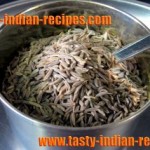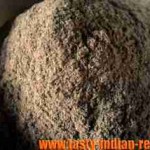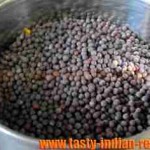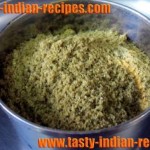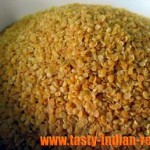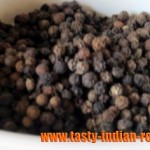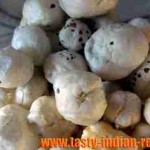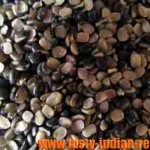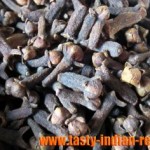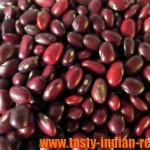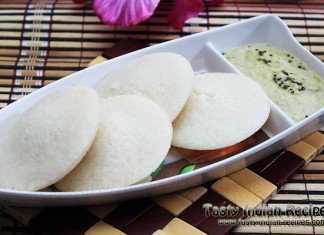Tamarind is a brownish red curved seed which is developed from the unique tropical plant or tree having the number of seeds which are moist and sticky in nature. The taste of tamarind is from sweet to extreme sour. Tamarind is also famous with the name Imli. Tamarind tree is a big and giant fruit tree consists of small leaves with yellow flowers and brown fruits.
Tamarind is a great flavoring ingredient which is used in wide range of Indian cooking. Tamarind fruit is covered with a layer of brown pod and it is very soft, brown pulpy and black hard seeds from inside. While buying tamarind, select the soft one packet which should have dark reddish brown color of tamarind.
Fresh tamarind is actually seen between April to September months, but now a days the retailers have started keeping the frozen concentrated tamarind, along with tamarind paste. Tamarind fruit is dehydrated and brittle in nature, that’s why it easily gets cracked, therefore while purchasing check the freshness and quality of tamarind.
You can easily make tamarind water by soaking it in warm water, then mash with your fingers until it melts into the water completely, now the water will become thick, reddish brown in color known as tamarind water. Do not throw the pulp of tamarind as it can be used alternate of tamarind paste or tamarind extract.
USES:
- Tamarind water is to be used for making the delicious water or juice of pani puri.
- Tamarind water is to be added to flavor variety of dal recipes.
- The pulp of tamarind consists a strong pleasing flavor, which can be used to taste the dates, lemons and various other ingredients as a combination of acid and sugar.
- Tamarind has a great use to make Indian curries.
- Tamarind can be used to make various chutneys, sauces, salads, desserts and sweet drinks.
- The mixture of tamarind chutney with gur or jaggery, dates and roasted cumin seeds is a great accompaniment with snacks like pakode, samosa’s and many more.
- Tamarind is one of the most important ingredient to make Worcestershire sauce.
- You can use it to make khajur imli chutney, Sindhi curry and many more such recipes.
STORAGE:
- Tamarind is to be stored at room temperature for many months.
- Keep it at dry place for long lasting.
- To keep the tamarind intact and sticky free, apply little bit of salt on it and then store.
- You can make tamarind pulp in large quantity and then store it in air tight container in the refrigerator. You may use it as and when you want.
BENEFITS:
- Tamarind consists high amount of vitamins, potassium, magnesium and fibre, which are the best nutrients for good health.
- Viral fevers can be treated with tamarind.
- It has a good amount of vitamin C which helps to cure scurvy.
- Bile disorders can be treated with tamarind fruit.
- Tamarind helps in lowering the cholesterol ratio in the body and in promoting a healthy heart.
- Tamarind is proven a great and effective source of antioxidants, which fights against the symptoms of cancer.
- Tamarind contains good amount of vitamins B, vitamin C, carotene and flavonoids, which are ultimate sources of healthy body.
- Tamarind water is a great treatment of sore throat fevers, desperate cough and viral colds.



